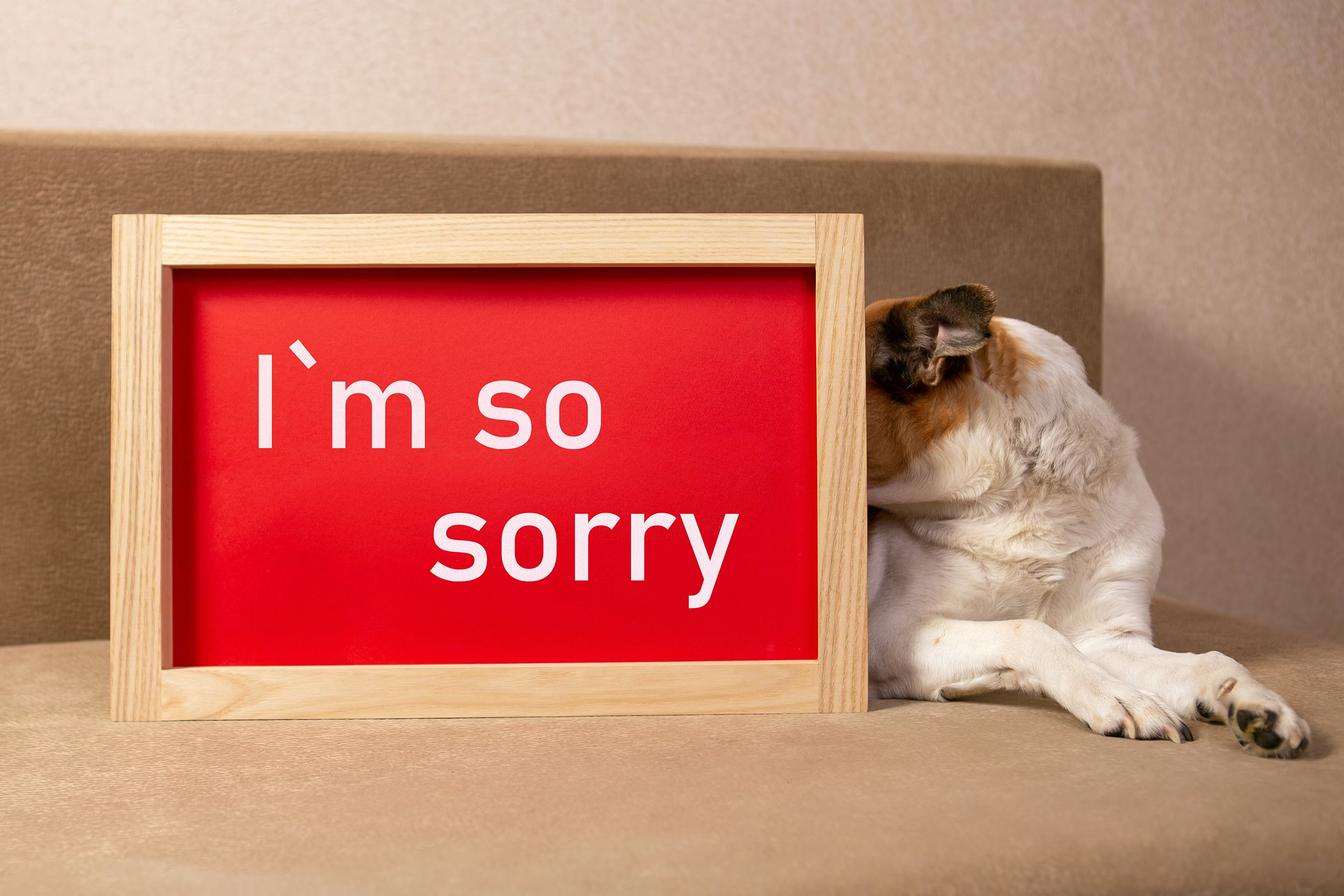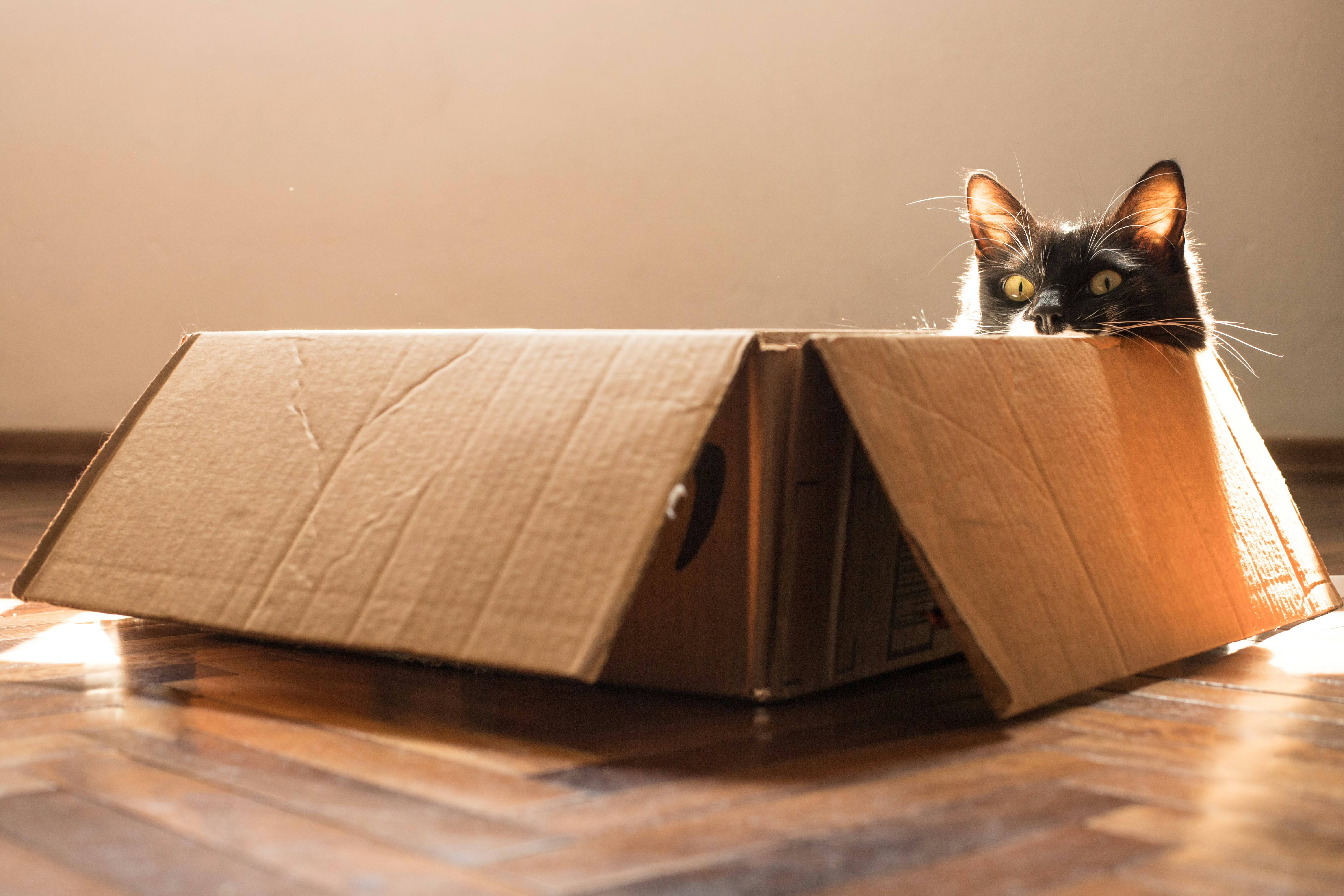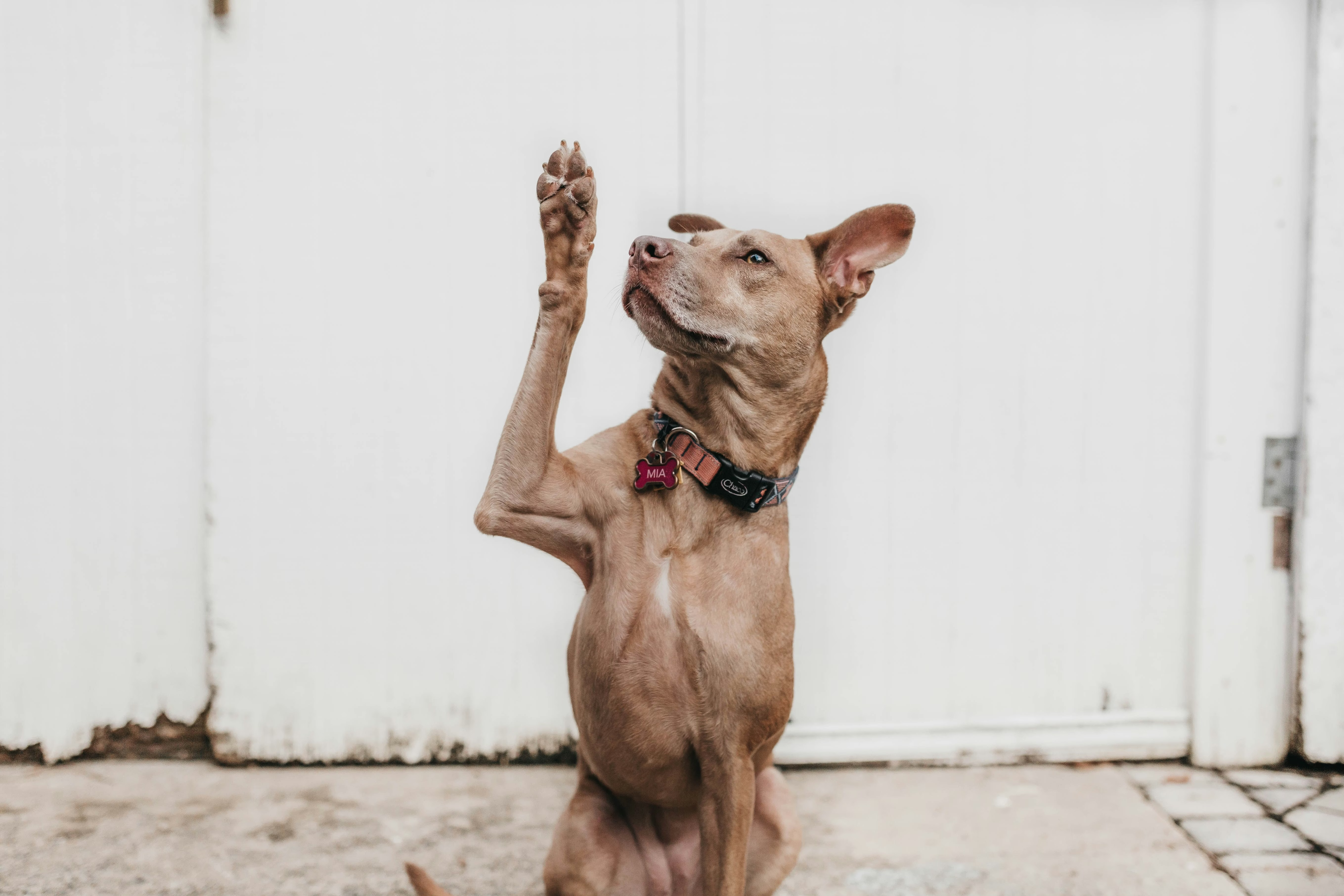Dogs are loyal and affectionate companions that have been living with humans for thousands of years. While they have adapted to life in our homes—and all of the creature comforts that come from their favorite human doting on them—they still retain behaviors that stem from their wild ancestry. Unfortunately, some of these behaviors are pretty disgusting to pet parents. In this post, we’ll explore the "why" behind some behaviors that are perfectly normal for dogs yet off-putting to the humans who love them.
Why do dogs eat poop?
Coprophagia is the official term for one of dogs’ ickiest behaviors—eating poop. It’s common for dogs to eat feces, and their reasons for doing so can vary. Dogs sometimes eat poop because they’re not getting enough nutrients in their daily diet. Or, it may be the result of a medical condition that causes maldigestion, malabsorption, or increased appetite. If you suspect there is a medical reason, or have questions in general about your dog’s diet, talk with your veterinarian.
Eating poop can also be a way for dogs to clean up their environment or hide their scent from predators. For example, mother dogs often eat their puppies’ feces to tidy their living area. Other times, dogs that go to the bathroom in the house may eat their poop to hide the evidence from their owner for fear of being scolded (this is one of many reasons not to punish dogs for undesired behaviors).
Lastly, some dogs may simply find the smell and taste appealing. This is one of the reasons dogs often search the cat’s litter box for "treats." After all, dogs are natural scavengers, and their instinct is to be opportunistic when finding their next snack.
There’s usually no harm in dogs eating their own poop. However, issues can arise if they consume the feces of other animals, as that waste may contain parasites, bacteria, or even medications that pass through the feces and can make them sick. The risk affects humans as well, as people are in danger of contracting some parasites or bacteria if they come into contact with the saliva of a dog that eats poop. For these reasons, eating poop should be discouraged, and dogs who do consume feces should be on year-round parasite preventives and have regular fecal checks.
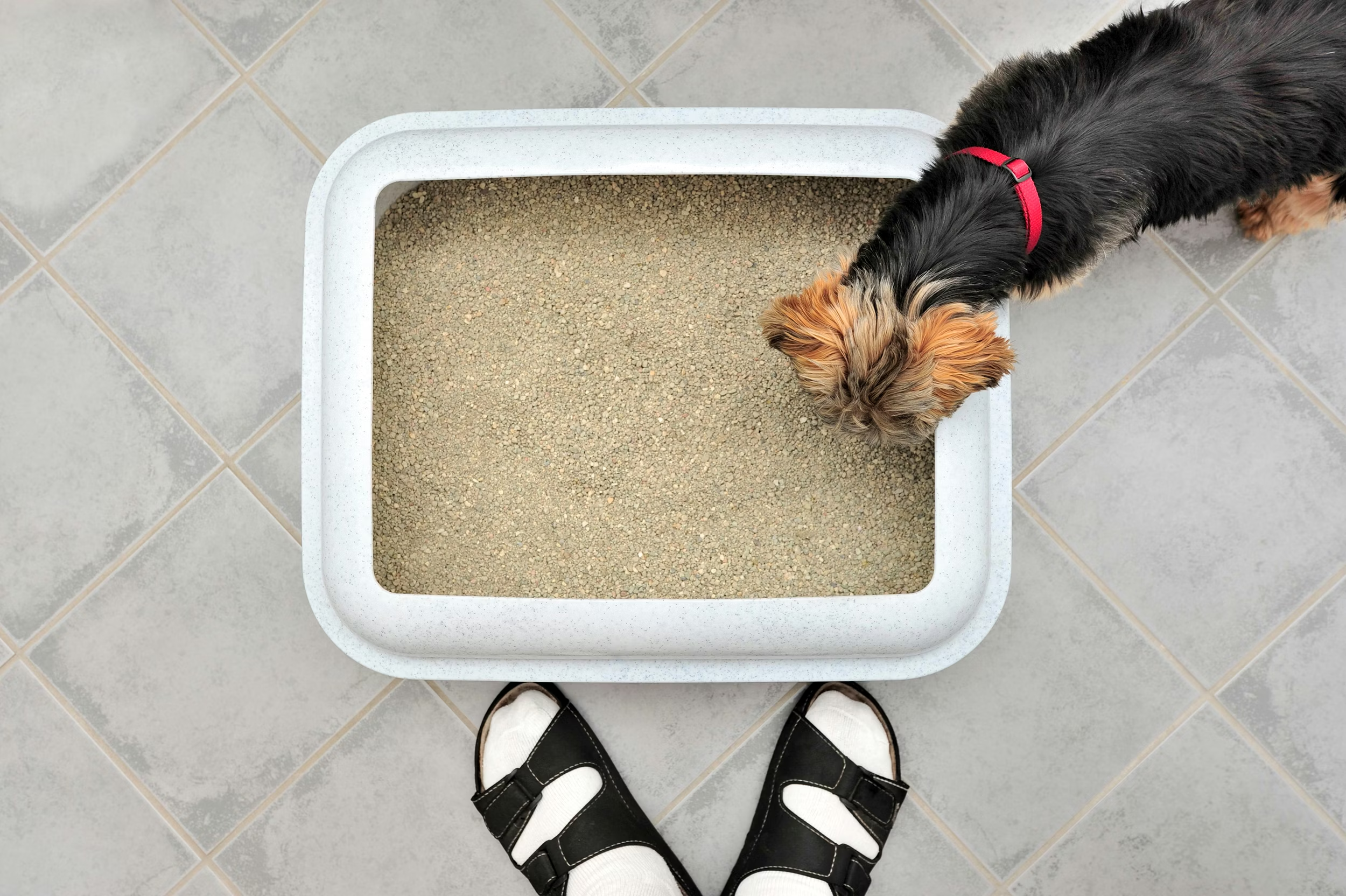
Why do dogs eat vomit?
Sticking with the theme of "things I wish my dog wouldn’t eat," another common delicacy for dogs is vomit. As we said, dogs aren’t overly discerning when it comes to their diet. If a dog enjoyed a meal the first time they ate it, it’s often just as appealing the second time around. That’s because while humans may find the smell of vomit disgusting, dogs are drawn to the scent of partially digested kibble and whatever else made up their most recent meal. The same reasoning applies to the vomit of other animals. However, the more broken down the food, the higher the bile content, and the less likely your pup is to want to eat it.
Similar to how dogs eat their own poop, your dog may also eat vomit to clean up their space and keep predators off their trail.
Why do dogs lick urine?
You’ve probably heard that dogs have an extraordinarily keen sense of smell. But you may not know that dogs can, in a way, also "taste odors." That’s because, between the roof of their mouth and their nasal cavity, dogs have a vomeronasal organ (also known as Jacobson’s) containing sensory receptors. These receptors pick up on chemicals called pheromones, which other animals, including other dogs, release.
When dogs lick urine off a bush or a tree, they use their vomeronasal organ to identify and interpret information about other dogs, including their age, sex, reproductive status, and emotional state. They can also use this organ to detect other animals’ pheromones, such as prey or predators.
If you’ve seen your dog licking urine, you’ve likely also seen this behavior followed by a curled upper lip, chattering teeth, lip smacking, and drool. This is known as the Flehmen response, and it allows dogs to direct the scent of the urine toward the vomeronasal organ so they can begin their in-depth information gathering.
Why do dogs lick wounds?
Licking wounds is a natural behavior stemming from dogs’ instinct to care for themselves and their pack. When a dog licks a wound, it can help to clean the area and promote healing by removing dirt and dead tissue. Dogs may also lick wounds that are painful or irritating.
While dog saliva does contain some properties that may help wounds heal, it can also lead to infection. Further, repeated licking can cause irritation or damage to the affected area, causing a delay in healing. For these reasons, it’s best to prevent your dog from excessively licking their open wounds. Of course, this is easier said than done. You may need to use an Elizabethan collar (AKA a cone of shame) to prevent access to the injured area. And remember, preventing licking is only half the battle for a wound. It’s also important to seek veterinary treatment so your dog receives any needed treatment.
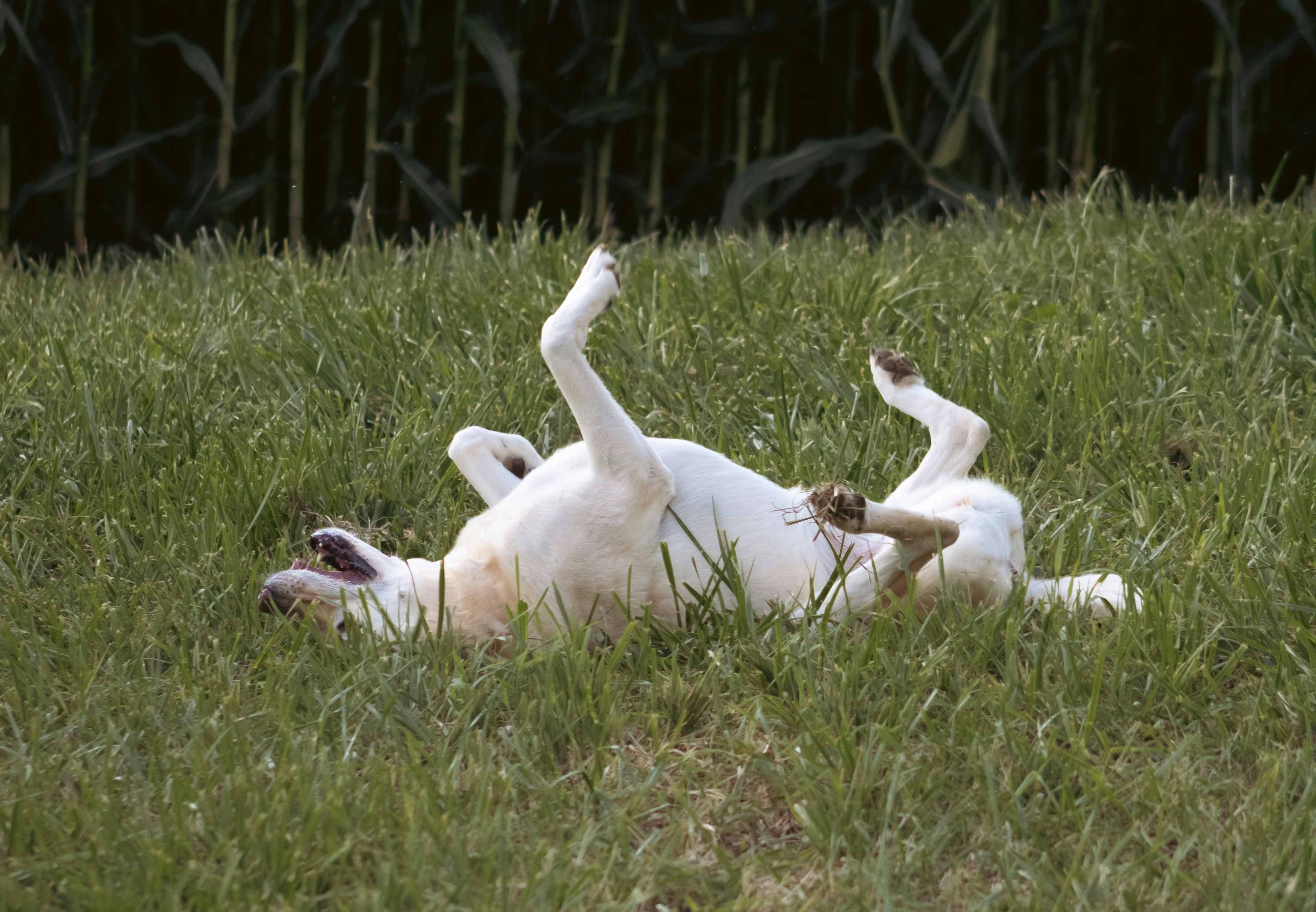
Why do dogs roll in things that smell horrible?
While this behavior may make humans cringe, dogs have reasons for rolling in things like animal carcasses, bird poop, or other foul-smelling substances. By covering themselves with horrid smells, dogs can disguise their own scent and blend in with their surroundings. This can be a vital survival tactic in the wild, where predators may be looking for the scent of prey.
Another potential reason dogs do this is for show and tell (or show and smell, as the case may be). By rolling in, say, the remains of an animal they killed, wild dogs can take that scent back to their pack. Their packmates can then use that information to track down the remains and help themselves to the feast. Alternatively, some theories suggest dogs roll in a carcass to mark it with their scent, thereby claiming it as their own and keeping other scavengers away. While this behavior isn’t overly valuable for today’s domesticated dog, the instinct to use scent to share information is part of their wiring.
Why do dogs lick their backsides and private areas?
Dogs have a natural desire to keep themselves clean, and licking their private areas is a part of this instinct. Licking is a way for dogs to remove dirt, debris, and bacteria from their bodies, and the areas around the genitals and butt can be particularly prone to buildup.
While this behavior is natural and normal, excessive licking can lead to irritation or infection. Or this behavior can be caused by irritation or discomfort. Consult your veterinarian If you notice:
- Signs of pain
- Rash
- Discoloration
- Unusual discharge
- Skin swelling
- Scooting on their backsides
- More frequent urination or defecation
- Changes in appearance of urine or feces
Additionally, it’s important to keep your dog’s genitals and anal area clean and well-groomed to prevent the buildup of bacteria or debris. Regular bathing, grooming—including a “sanitary clip” around the back of legs and under the tail of longhaired dogs— and (if warranted) anal gland expressions can help keep your dog clean and healthy.
Final thoughts
Dogs exhibit behaviors that can be unpleasant to people, but that stem from their natural instincts. As a pet owner, it’s important to understand the "why" behind these behaviors and take steps to prevent any harmful effects on your dogs’ health while also allowing them to engage in activities that provide mental enrichment and emotional well-being. Working with your dog’s natural tendencies can strengthen the bond between you and your furry companions.
To find out more about your unique pup, consider a Wisdom Panel dog DNA test.
